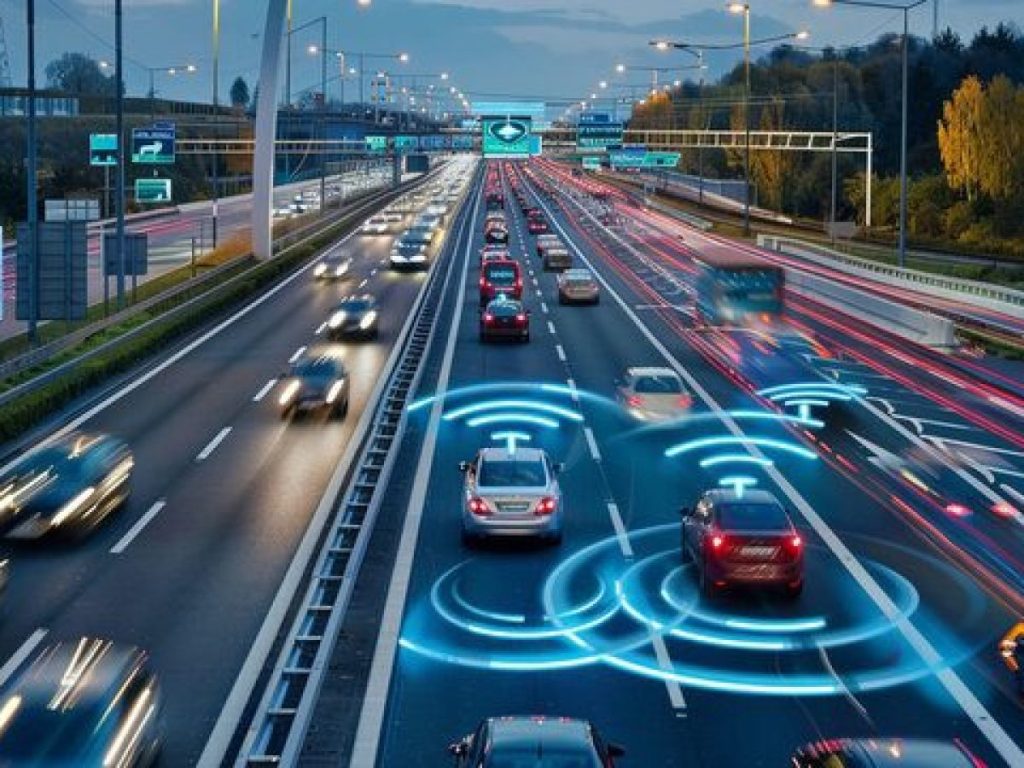Context:
Recently, the Indian government announced the implementation of a Global Navigation Satellite System (GNSS) for highway toll collection, aiming to modernize and streamline the process.
More on the News
- The Ministry of Road Transport and Highways (MoRTH) notified the amendment to the National Highways Fee (Determination of Rates and Collection) Rules, 2008 to include provisions related to GNSS-based electronic toll collection.
- This new system will allow vehicles to pass through toll plazas without stopping, thereby eliminating delays associated with traditional methods like FASTag.
- The GNSS system is set to be implemented by April 2025 and will eventually replace the existing FASTag system for highway toll collection.
- However, in the initial phase, both the GNSS-based tolling and FASTag will operate simultaneously.
- Under the new system, vehicles equipped with GNSS technology will enjoy a 20 km daily toll-free travel in each direction on national highways and expressways, and the fee will be charged beyond twenty kilometres.
How Toll Collection will be done by GNSS
- The Global Navigation Satellite System (GNSS) will utilize satellites to track vehicles’ movements and calculate tolls based on the distance travelled.
- To facilitate this, vehicles must be equipped with a non-transferable On-Board Unit (OBU) that communicates with satellite systems to provide real-time tracking.
- Vehicles equipped with OBUs pass through designated lanes and their movement is tracked via satellite, enabling automatic toll deductions from linked bank accounts.
- Non-GNSS vehicles entering GNSS lanes will have to pay double the toll as penalty.
- The payment mechanism will be mediated by fintech companies and will be similar to the concept of issuer banks in the FASTag system.
Dedicated lanes
Benefits of GNSS Implementation
- The introduction of GNSS is expected to significantly reduce congestion at toll plazas by allowing vehicles to pass through dedicated lanes without stopping.
- The GNSS-based toll collection charges toll on the basis of distance travelled, following a pay-as-you-use system, unlike the fixed fee structure of FASTag.

